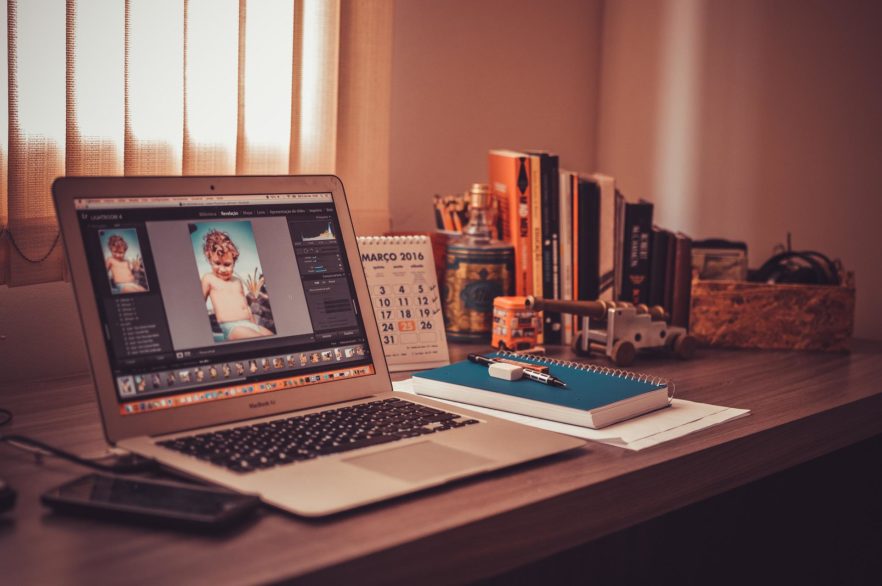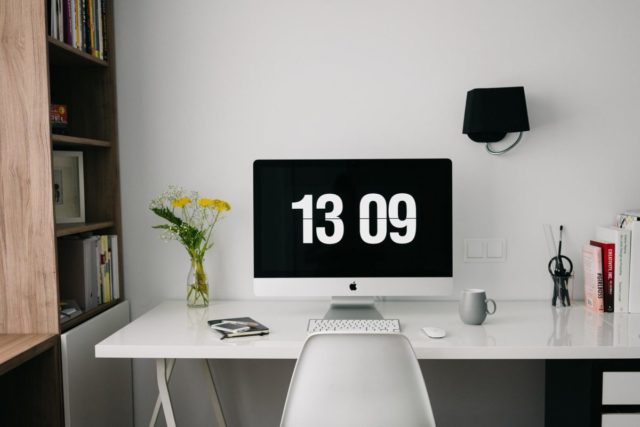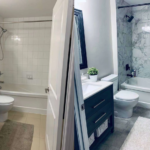Are you working from home? If so, you’re not alone. Working from home is becoming increasingly popular as more people recognize the benefits of telecommuting. However, many people struggle to create a productive work environment in their home office. If this sounds like you, don’t worry. In this blog post, we will share six practical tips on how to optimize your home office space for productivity. Let’s get started.
Start with the Lighting
One of the most important aspects of any workspace is the lighting. Poor lighting can lead to eye strain, headaches, and fatigue. So, if you want to create a productive home office, it’s essential to start with the lighting. First, take advantage of natural light by positioning your desk near a window. Open the blinds or curtains to let in as much natural light as possible.
In addition to natural light, you should also ensure that your home office is well-lit with artificial lighting. If you are still using the old fluorescent lights that came with your home, now is the time to upgrade. You can replace fluorescent tubes with modern, energy-efficient LED lights. Or, you can install a light fixture with multiple bulbs to adjust the light to meet your needs. A good rule of thumb is to have a light source every four feet.
Choose the Right Desk
The next step in creating a productive home office is to choose the right desk. If you’re still using the dining room table or your child’s homework desk, it’s time for an upgrade. A dedicated work surface will help you stay organized and focused on your work. When choosing a desk, there are a few things to remember.
First, make sure the desk is the right size for your needs. If you have a small home office, you don’t need a massive desk that takes up half the room. Second, think about the type of work you’ll be doing. If you’re mostly working on a laptop, you don’t need a large desk with tons of storage. On the other hand, if you’re working on projects that require a lot of materials, you’ll want a desk with plenty of drawer space.
Get Comfortable
If you are not comfortable, you will not be productive. Make sure your office chair is supportive and that your desk is at a comfortable height. If you have to hunch over or strain to reach your keyboard, it’s time for a change. Also, take breaks often to stretch your legs and give your eyes a break from the screen.
Other additions to make your office comfortable include a standing desk, a footrest, or an ergonomic mouse. By making sure you’re comfortable, you can reduce the risk of pain and injury later on. Ensure that your home office is a space where you can be productive and comfortable.
Invest in Storage
One of the keys to a productive home office is staying organized. And one of the best ways to do that is to invest in storage. If your desk is cluttered with papers, books, and other materials, it’s time to get some storage solutions.
Many different storage options are available, so you can choose what works best for you. Some people prefer to use filing cabinets or bookcases. Others prefer to use storage bins or baskets. And still, others like to use wall-mounted shelves. The important thing is to find a storage solution that works for you and your home office.
Don’t forget about Technology
In today’s world, technology is a necessity for most businesses. But with all the options available, it can be hard to know what you need and what you don’t. When setting up your home office, there are a few essential pieces of technology you should invest in.
You can consider getting a printer, scanner, and copier. You’ll also need a good quality webcam and microphone if you’re working with clients or customers. And of course, you’ll need a high-speed internet connection. By investing in the right technology, you can make sure your home office is productive and efficient.
Create a Schedule
One of the benefits of working from home is that you have a lot of flexibility. But that doesn’t mean you should be working all the time. One of the best ways to be productive is to create a schedule and stick to it.
When creating your schedule, think about when you work best and block out time for specific tasks. For example, if you’re a morning person, you might want to start your day with some time for exercise and then get straight to work. Or, if you prefer to work at night, you might want to block out a few hours after dinner. It is essential to find what works for you and then stick to it.
These are a few tips to help you optimize your home office space. By following these tips, you can create a productive and efficient workspace. You can start by working on your lighting, furniture, and storage. Then, don’t forget about technology and create a schedule that works for you. With a little effort, you can transform your home office into a space that helps you get work done.









